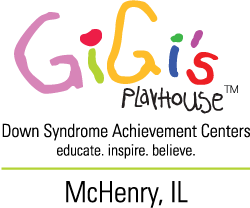Speech and language tips!
“Have you ever wondered if there are ways to provide additional sensory cues to help your child learn? If yes, then we have some tips for you! Once your child understands a concept and is beginning to use the word or sign, provide cues or prompts when he forgets to use the word or sing, or appears to have difficulty getting started. Physical cues. Make a gesture or provide hand-over-hand assistance (actually hold your child’s hand and put it through the motions) to help him point to a picture or make a sign. Imitation. Say the word for your child so that he can imitate your production. Initial phoneme cue. If your child is having trouble giving you the word or getting started, you can provide the initial sound, e.g., /b/ for ball, to help him. Fill-in sentence. Provide a framework for the word by providing the beginning of the sentence or phrase. If you want your child to say “cookies,” you might say, “You want milk and ____.” This would be spoken with upward inflection, so that your child will fill in the space. If you want your child to say “shoes,” say “socks and ____.” Paralinguistic cues. These are the rhythm, stress, inflection and emotion in the voice, and singing-like production, which can all help in teaching a concept. For example, if you are teaching “big” and “little,” use a deep, booming voice for “big” and a quiet, high-pitched voice for “little” while you are teaching the concept.
Recent Posts

